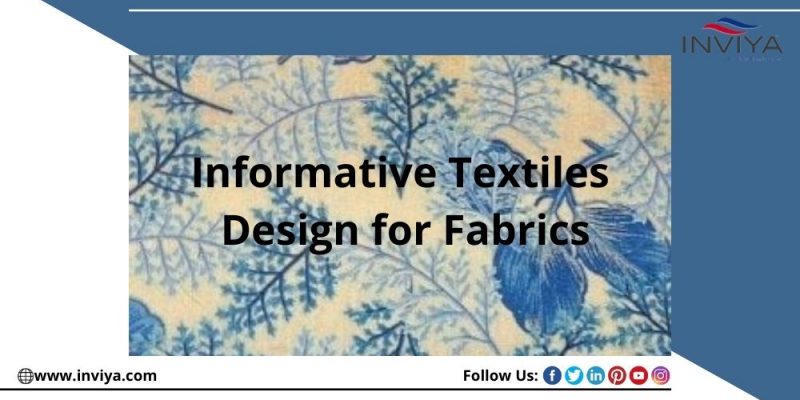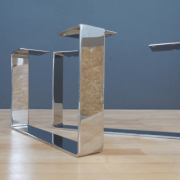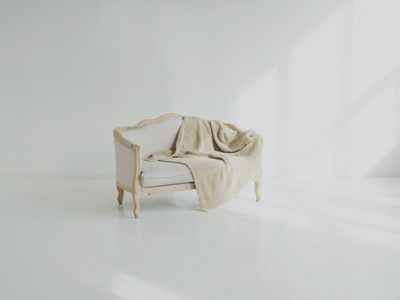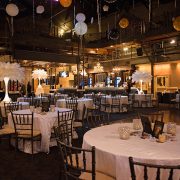Textile designing is an innovative sector that comprises fashion design, carpet production and any other fabric-related area. Textile designers convey an imaginative vision of what a finalized textile will appear like with an in-depth apprehension of the practical aspects of manufacturing and the characteristics of fibre, dyes, and yarn.
Textile designing includes both surface representation and constructional design of the fabric. Good knowledge of weaving, yarns, dyeing, knitting and other finishing procedures is necessary. The sphere of textile crafting is phenomenal with pretty colors, patterns, and prints. But the task of designing a noticeable craft is a difficult and more stressful process…
Fundamental Fields of Textile Design:
The procedure involves four steps:
- Considerations of new designs.
- Making design specimens.
- Appraising with varied tints, to choose shades appraising with each other.
- Fabricating the material, much the same with the current styling trends.
CAD Software for Textile Formation:
The sketch is primarily visualized by the textile designer and is afterward grown into printed or woven textiles. The deep apprehension of the designer about the practical spheres of fibers, yarns, and dyes helps in carrying forward the designing procedure. Earlier patterns were formed on a distinctive graph paper. Nevertheless, presently with the advancement of science CAD software is utilized for the same.
Every type of fabric works, and designs are digitally made, and a digital fabric is formed. When the creator has contended, the necessary parameters are gathered as per essentials to form the virtual design into real form. CAD technology is currently being embraced in every power loom sector.
The software has essential applications in various fields such as blankets, carpets, and the knitting industry. Textile designing could be deployed for fabricating interiors for home embellishing, designing fabrics, and other fabrics commodities.
Textile Patterns for the Fabric:
1. Printed Fabric Design: Patterned textile designs are formed by the use of various printing procedures to fabric or cloth and other means, like relief printing, resist printing, rotogravure, transfer printing, screen printing, and digital printing. These procedures use different inks and colours to imprint attractive, often replicating patterns, designs, and flairs onto the fabric or cloth. Patterned textile designers are primarily and inevitably entailed with home interior design (sketching patterns for wallpapers, carpets, or even ceramics), the paper industry, and the fashion industry.
2. Intertwined Textile Design: Intertwined textile design originates from the execution of knitting which makes fabric by enlarging an upright yarn and a parallel yarn, most commonly at right angles. Inter Knitted textile designs are formed by different kinds of appearances and are currently principally manufactured using a mechanized or computerized jacquard loom.
3. Mixed Media Textile Design: Embroidery is traditionally performed by hand, applying myriad stitches of thread to construct designs and patterns on the textile surface. Quintessential stitches incorporate but are not restricted to the cross weave, the chain weave, and coaching. Although commercial and computerized embellishment has befitted the standard, hand still sewing remains an apparatus for visual arts textiles.
Vogue is the principal medium of self spontaneity. With much future of textiles, textile designing is gaining huge popularity.
Read More: Different Types of Fabrics in Spandex























Comments